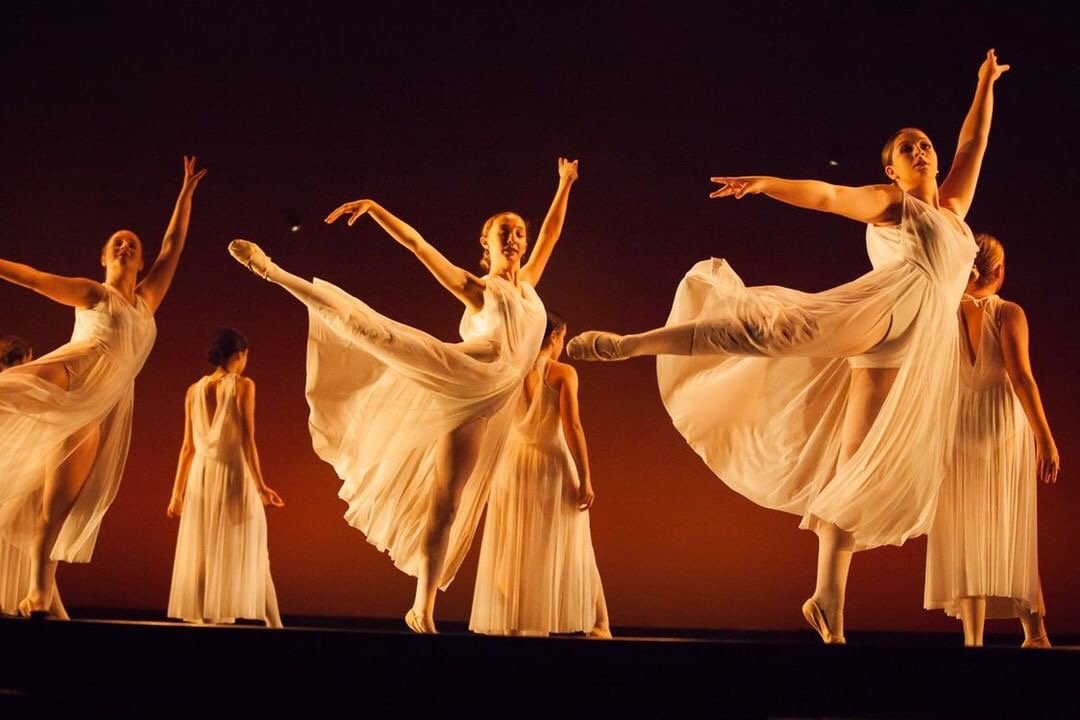Table of Contents
drawing:1enzi6g2cvg= fox
(drawing:1enzi6g2cvg= fox) Drawing a fox requires attention to detail, an understanding of the animal’s unique features, and a creative approach to stylizing this beautiful creature. Whether you’re a beginner or an experienced artist, capturing the essence of a fox in your artwork can be both rewarding and challenging. In this guide, we will walk through the process step by step, offering insights into drawing techniques, materials, and ways to bring life to your fox drawing.
The Beauty of Drawing a Fox
(drawing:1enzi6g2cvg= fox) Drawing animals like the fox taps into a blend of realism and imagination. Foxes are graceful creatures, known for their sharp features, bushy tails, and expressive eyes. The way an artist chooses to depict a fox can range from detailed realism to a more whimsical, stylized approach. But before you can dive into drawing, it’s important to understand the basics of fox anatomy and how to translate this into art.

Why Draw a Fox?
(drawing:1enzi6g2cvg= fox) (drawing:1enzi6g2cvg= fox) Foxes are often seen as symbols of cunning and cleverness in mythology and literature. They carry a mystical aura, which makes them a popular subject in both traditional and modern art. Additionally, their vibrant fur, expressive faces, and sleek body shapes make them visually interesting subjects for drawing.
Types of Foxes to Draw
- Red Fox: The most common and iconic, with a bright reddish-orange coat.
- Arctic Fox: Known for its white fur, perfect for winter scenes.
- Fennec Fox: Smaller with large ears, offering unique drawing challenges.
- Gray Fox: A less common species, with subtler coloring but striking features.
Materials You’ll Need for Drawing a Fox

(drawing:1enzi6g2cvg= fox) Before you start drawing your fox, gather the appropriate tools. Different materials will yield different effects, depending on the style and medium you choose.
Essential Drawing Tools
- Pencils: Use a variety of pencil grades from HB for general sketching to 2B or 4B for shading and darker lines.
- Eraser: A kneaded eraser is ideal for softening lines and creating subtle highlights.
- Paper: Choose smooth paper for fine details or textured paper for more dynamic, rougher sketches.
- Blending Stumps: These are helpful for blending pencil shading to give the drawing a soft, realistic look.
Optional Tools for Adding Detail
- Colored Pencils or Markers: These can be used to bring your fox to life with vibrant colors.
- Inks: For creating strong outlines or adding a stylistic flair.
- Charcoal: Great for bold, dramatic shading.
Step-by-Step Guide to Drawing a Fox
(drawing:1enzi6g2cvg= fox) Now, let’s get into the actual process of drawing a fox. We’ll cover the essential steps to create a realistic fox, from sketching the basic shape to adding the final touches.
Step 1: Sketch the Basic Shapes
(drawing:1enzi6g2cvg= fox) Start by breaking down the fox’s body into simple shapes. Use circles, ovals, and lines to outline the head, body, and tail.
- Head: Draw a circle for the head, with a triangle extending from the bottom for the muzzle.
- Body: Use an oval for the body, ensuring that it aligns proportionally with the head.
- Legs and Tail: Sketch the legs as simple straight lines, and the tail as a long, curved shape extending from the body.
Step 2: Refine the Outline
(drawing:1enzi6g2cvg= fox) Once the basic shapes are in place, begin refining the outline of your fox. Smooth out the head and body, giving them more natural curves. Add small triangles for the ears and taper the muzzle to form the nose.
- Pay attention to the fox’s proportions. Keep the legs slim but sturdy, and ensure the tail is bushy and well-defined.
Step 3: Add Facial Features
The eyes, nose, and mouth are critical to giving your fox character and emotion. Draw the eyes as almond shapes, positioned toward the upper part of the face. Add a small, rounded nose at the tip of the muzzle and a slight curve for the mouth to give a soft expression.
- Tip: Keep the eyes lively by adding small highlights and ensuring the gaze is slightly tilted for a natural look.
Step 4: Detail the Fur
(drawing:1enzi6g2cvg= fox) Start adding texture by lightly sketching the fur. Foxes have short fur on their face but longer, thicker fur around the neck and tail.
- Use small, quick strokes to replicate fur. Around the tail and neck, make your strokes more pronounced to indicate the thickness and bushiness of these areas.
Step 5: Shade and Add Depth
(drawing:1enzi6g2cvg= fox) Begin shading your fox to give it a sense of depth. Start with the lightest areas, gradually building up to the darker shadows.
- Use cross-hatching or smooth shading techniques depending on your preferred style. Focus on areas where the light would naturally fall, such as the forehead, upper body, and outer edges of the tail.
Step 6: Final Touches and Refinements
Once your fox is fully sketched and shaded, make the final adjustments. Darken key lines and shadows, smooth out any rough edges, and ensure that the fox’s fur looks natural and well-placed.
- At this point, you may want to add in any background elements, like foliage or snow, depending on the type of fox you’re drawing.
Common Mistakes to Avoid When Drawing a Fox

Even experienced artists can encounter challenges when drawing animals. Here are some common mistakes to watch out for and how to avoid them.
Incorrect Proportions
Foxes have distinct body proportions—small heads, long bodies, and bushy tails. Make sure to study reference images carefully to get the proportions right. If the head is too large or the legs too short, the fox may look cartoonish.
Overcomplicating the Fur
Fur can be tricky. Avoid overloading the drawing with too many lines for fur texture, as this can make the fox look messy. Instead, focus on key areas where fur is most prominent and leave smoother sections untextured.
Poor Shading
Without proper shading, your fox can look flat. Remember to study how light interacts with the fox’s body and fur. Subtle shading can enhance the three-dimensional effect of your drawing.
Enhancing Your Fox Drawing with Color
If you want to take your drawing to the next level, adding color can bring your fox to life. Whether you’re using colored pencils, markers, or digital tools, the right palette can enhance the realism of your artwork.
Choosing the Right Colors
- Red Fox: Use a blend of reds, oranges, and browns for the body, with white or cream for the chest and tail tip.
- Arctic Fox: Stick with cool tones like whites, light blues, and grays to capture the wintery feel of this species.
- Fennec Fox: Use lighter tans, creams, and browns, paying special attention to the oversized ears.
Blending Colors
To achieve a natural look, blend colors smoothly, especially in areas where the fur changes color, such as the transition from the body to the tail. Layer your colors gradually, starting with lighter shades and building up to darker tones for shadows and depth.
Frequently Asked Questions About Drawing a Fox
1. What are the most important features to focus on when drawing a fox?
The most crucial features are the eyes, ears, and tail. These aspects define the fox’s expression and personality.
2. What’s the easiest way to start drawing a fox?
Begin by sketching basic shapes to outline the fox’s body, then gradually add details like fur, facial features, and shading.
3. How do I draw a realistic fox face?
Focus on the shape of the muzzle, the placement of the eyes, and the triangular ears. Keep the eyes sharp and slightly slanted to convey the fox’s keen nature.
4. Can I draw a fox without any prior animal drawing experience?
Yes! Start simple with basic shapes and gradually build your skills. Practice is key to improving your drawing abilities.
5. What is the best medium for drawing a fox?
Pencil and paper are great for beginners due to their versatility. For more advanced artists, colored pencils or digital drawing tools can enhance the artwork.
6. How can I make my fox drawing look more dynamic?
Consider the fox’s pose. Adding movement, such as a running or jumping fox, can make the drawing more dynamic and engaging.
Conclusion
Drawing a fox is a rewarding artistic endeavor that allows you to explore both the animal’s natural beauty and your creativity. With practice, patience, and attention to detail, your fox drawing can capture the grace, intelligence, and spirit of this iconic creature. Whether you prefer a realistic or stylized approach, remember to enjoy the process and let your imagination guide your hand.











